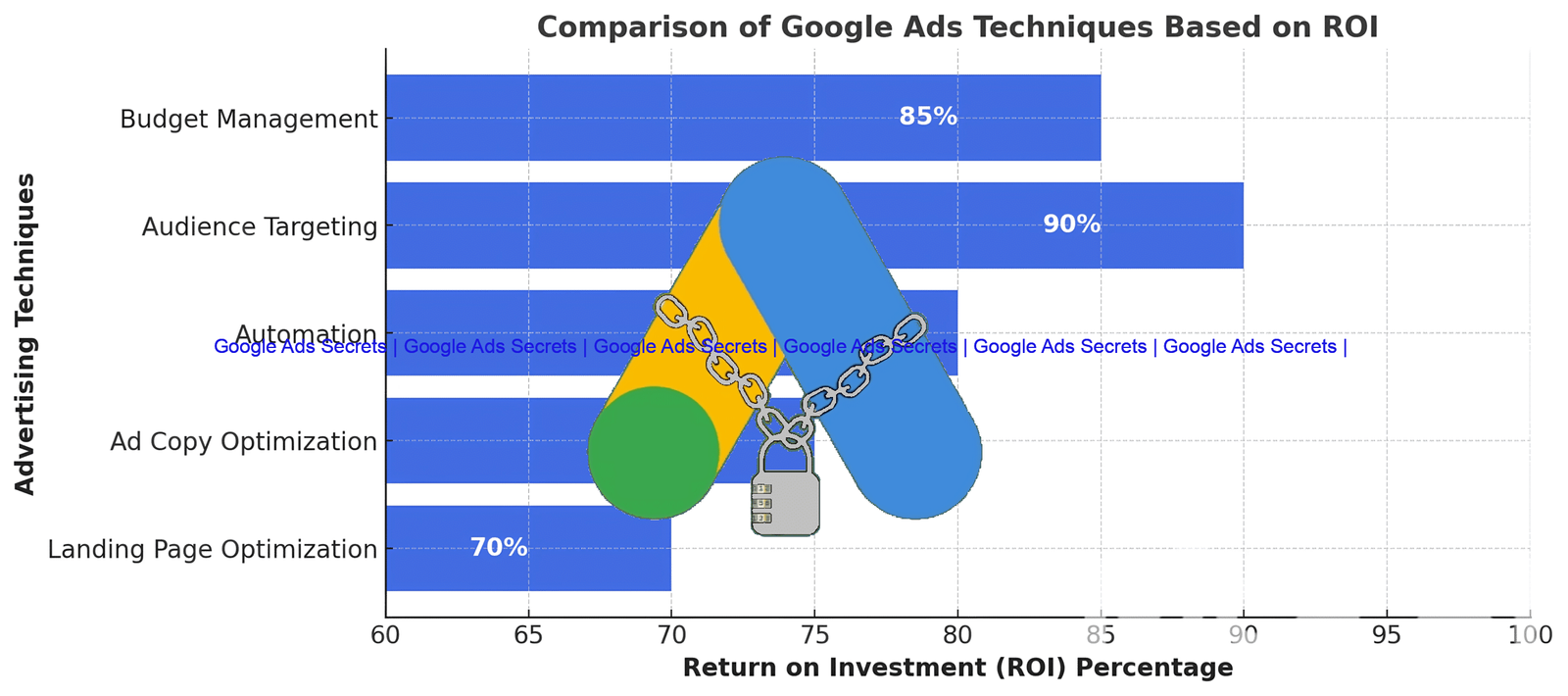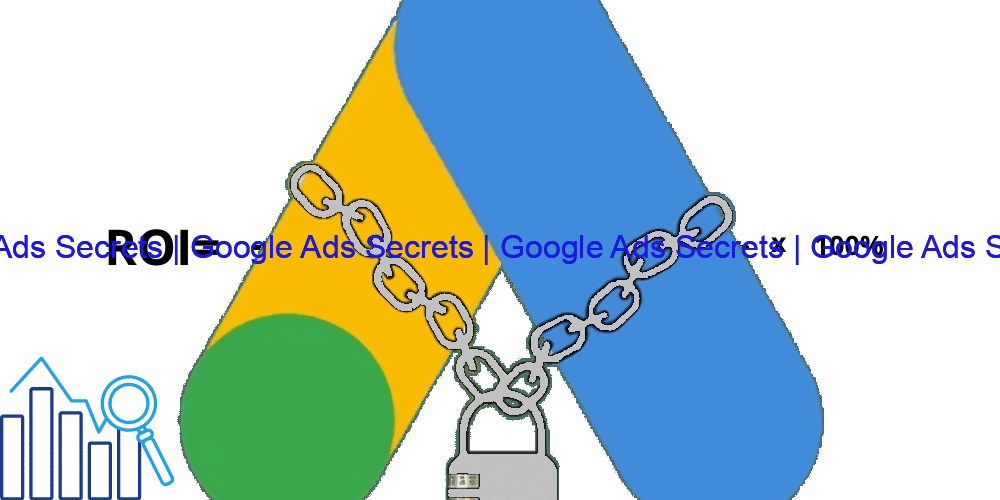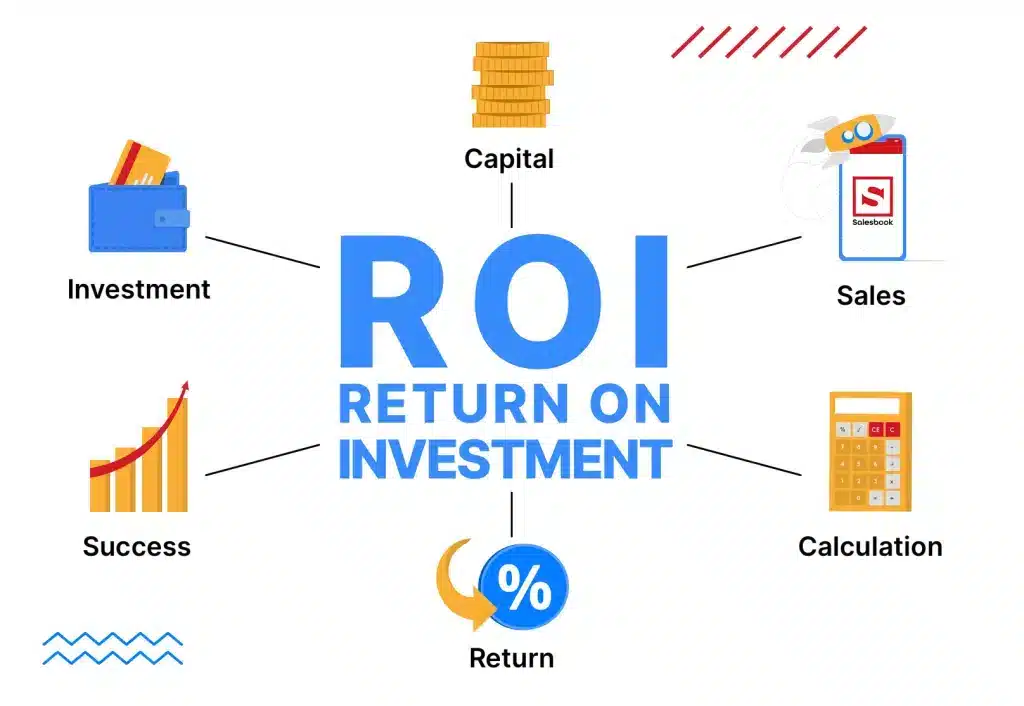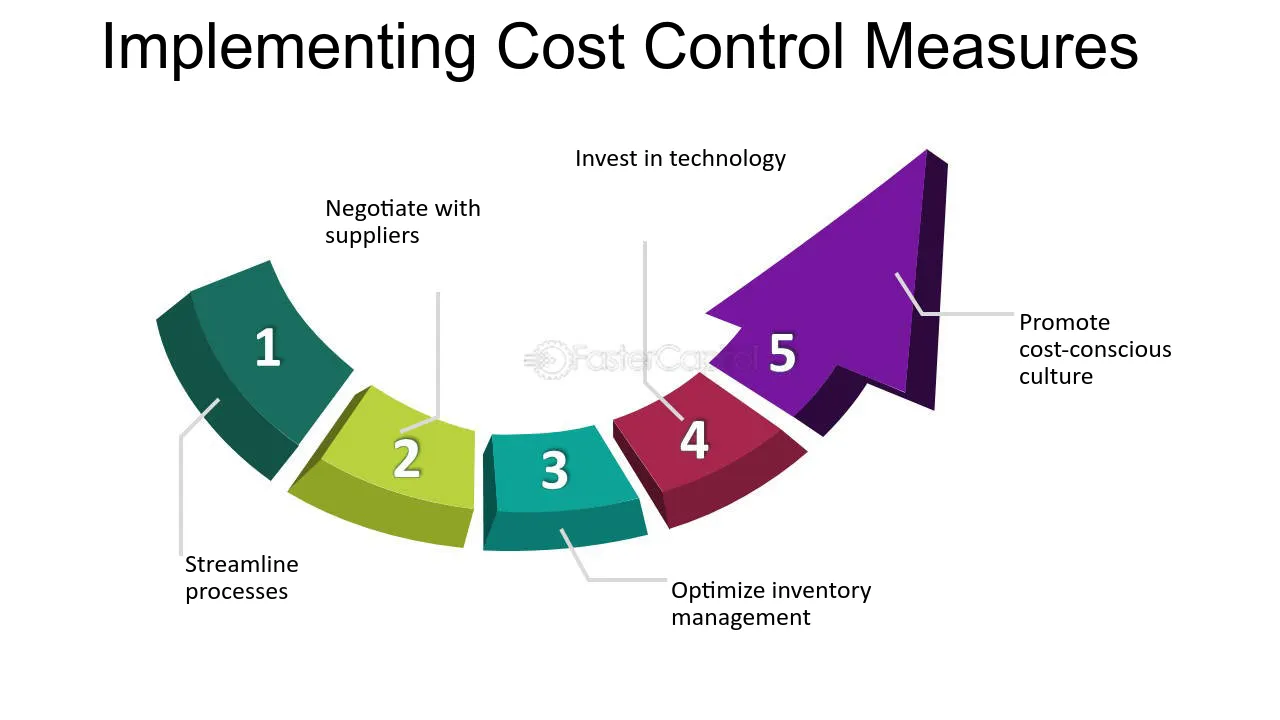Many advertisers fall into the trap of false assumptions when evaluating the performance of their Google Ads campaigns. These mistaken beliefs can significantly affect your Return on Investment (ROI) and lead to poor decisions in bidding strategies, keyword targeting, and campaign optimization. Misinterpreting the data can result in wasted ad spend and lower campaign efficiency. Avoiding these pitfalls requires data-driven insights, a clear understanding of ROI formulas, and smart decisions between automation and manual strategies. Dive deep into the common errors, real case studies, and expert tips to ensure your ad budget delivers maximum value. Discover how accurate metrics, proper campaign analysis, and continuous testing can transform your Google Ads success.
What Are False Assumptions in Google Ads?
False assumptions in digital marketing are conclusions drawn without proper data analysis. For example, assuming a high click-through rate (CTR) means high conversions, or believing that more traffic always leads to better ROI. These misconceptions are not only dangerous—they’re expensive. Misinterpreting ad metrics can severely distort performance evaluations and prevent advertisers from identifying the actual sources of success or failure in their campaigns.
Moz and HubSpot emphasize the importance of data-backed strategies. Relying on guesswork, intuition, or vanity metrics can distort your understanding of campaign performance and lead to ineffective spending on cost per click (CPC) without actual return.
Why ROI Matters in Google Ads
Your ROI measures how much revenue you gain for every dollar spent on ads. Without an accurate ROI calculation, you can’t know if your campaigns are successful. ROI ties directly to your conversion rate and cost per acquisition (CPA). Learn how to track your metrics the right way and identify which conversions are truly profitable. This allows marketers to focus on high-return activities and scale what works.
Moreover, understanding ROI helps you determine your budget allocation across different ad groups and platforms. You can adjust campaigns based on seasonality, device usage, or audience behavior for maximum returns. Calculating ROI properly means factoring in not just direct conversions but also assisted conversions and lifetime customer value.
Cost Cap Bidding vs. Manual Adjustments
Many advertisers falsely believe that automated bidding always guarantees better performance. However, as detailed in our manual bidding insights, automation can sometimes over-optimize and miss important nuances. Smart bidding can be powerful, but not when it overrides strategic control.
Manual bidding, when executed properly, allows marketers to adjust bids based on keyword intent, performance trends, and conversion data. It can also give more flexibility during A/B tests and seasonal shifts. By monitoring manual bid performance closely, advertisers can refine their strategy to meet specific goals more precisely than automated systems can.
Understand the ROI Formula
Here is a simplified formula: (Revenue – Cost) / Cost. But beware—false interpretations of this can skew your decision-making. Overlooking additional costs such as remarketing budgets, software subscriptions, or landing page optimization efforts can result in flawed ROI insights. For a detailed guide, check Search Engine Journal.
Understanding your complete cost structure is essential. This includes labor costs, agency fees, creative production, and more. Only by incorporating all these elements can you calculate a realistic ROI that reflects your true marketing performance.
Misreading Campaign Success
Low CPC doesn’t always equal success. Likewise, high impressions without engagement can signal targeting issues. Over-focusing on surface-level metrics like impression share or ad frequency can mask low-quality traffic. Our article on zero clicks despite high impressions explains this in depth.
Successful campaigns go beyond metrics and look into post-click activity. Heatmaps, session recordings, and conversion path analysis can reveal user behavior and help advertisers optimize landing pages, CTAs, and messaging. Without these insights, you risk misinterpreting success based solely on upper-funnel metrics.
Case Study: Successful Implementation of Cost Cap Strategy
Implementing a cost cap strategy helped one client achieve a 40% increase in qualified leads with a stable budget. This was achieved by focusing on audience segmentation, campaign structure optimization, and creative testing. Get inspired by this daily script automation tactic that made it possible.
Using cost cap bidding, the team ensured consistent performance while avoiding cost spikes. They monitored ROAS weekly, optimized ad creatives based on engagement signals, and excluded low-performing placements. Over time, these small improvements compounded into a significant ROI boost, making the strategy a valuable case for performance-driven advertisers.
Expert vs. Novice: How False Assumptions Differ
Experts rely on testing and data. Novices often fall back on intuition. A common beginner mistake is failing to analyze post-click behavior or skipping conversion tracking altogether. Learn how to shift your mindset in our expert vs. novice guide to improve your keyword strategy and ad relevance score.
Experienced advertisers continuously monitor KPIs, segment performance by device and time of day, and run experiments to validate changes. New advertisers might stop optimizing after launch or make decisions based on incomplete data, which leads to stagnation or budget waste.
Consult With a Google Ads Specialist
Need help identifying and correcting false assumptions in your campaigns? Get a consultation now or audit your ad account for better performance. Also explore our tips and automated scripts to optimize your account health.
Conclusion
False beliefs in Google Ads ROI can waste your budget and hinder growth. Instead, adopt a data-driven mindset, leverage reliable formulas, and continuously test. Avoid relying solely on metrics like bounce rate or CPM. Instead, optimize for deeper goals like customer lifetime value and ROAS. Explore more insights on our blog and grow smarter with your ad investments.
FAQ
What is a false assumption in Google Ads?
It’s a belief not backed by data, like assuming a high CTR means more sales, or that more traffic equals more revenue without verifying conversion paths.
How can I avoid false assumptions?
Use data, run A/B tests, and avoid vanity metrics. Rely on trusted platforms like Neil Patel or Marketing Land. Also, always review performance across the entire funnel, not just initial clicks or impressions.
What if I don’t understand ROI calculations?
Refer to guides from Udemy, Coursera, or our Google Ads Tips section. Consider working with a consultant to build a custom ROI dashboard tailored to your business model.
Where can I get expert help?
Connect on LinkedIn or explore our consultation services. We offer support in strategy audits, keyword research, campaign setup, and advanced automation.
Is manual bidding still effective in 2025?
Yes, as shown in our article on manual vs. automated bidding. Manual bidding offers transparency and strategic control that can outperform automation when used by experienced marketers.






